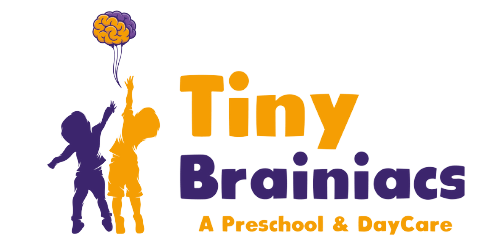In recent years, there has been a growing emphasis on student engagement and active learning in education. Traditional methods of teaching, such as lectures and readings, are no longer enough to fully engage and motivate students. Instead, educators are turning to a new approach called activity as a service (AaaS).
AaaS is a model that provides students with access to a variety of activities that enhance their learning and engagement. These activities can include hands-on projects, experiential learning opportunities, and collaborative group work. By providing students with a range of activities, educators can tailor the curriculum to meet the needs and interests of each student, while also promoting active learning and critical thinking.
One of the key benefits of AaaS is that it allows educators to revise the traditional curriculum and incorporate new and innovative teaching methods. Rather than relying solely on textbooks and lectures, AaaS provides students with a more immersive and engaging learning experience. For example, instead of simply reading about a scientific concept, students can engage in hands-on experiments that allow them to see the concept in action.
Another benefit of AaaS is that it promotes student engagement and motivation. When students are actively involved in their learning, they are more likely to stay focused and invested in the material. This can lead to better academic performance, higher retention rates, and greater overall satisfaction with the learning experience.
In order to successfully implement AaaS, educators must follow certain best practices. First and foremost, they must be intentional about the activities they offer and ensure that they align with the learning objectives of the curriculum. Activities should be designed to enhance student understanding of key concepts and should be tailored to the needs and interests of each individual student.
Additionally, educators must provide adequate support and guidance for students as they engage in these activities. This can include providing resources, feedback, and mentoring to help students succeed. Collaboration and communication are also key, as students should be encouraged to work together and share their ideas and insights.
Finally, AaaS requires a certain level of flexibility and adaptability. Educators must be willing to adjust their approach based on the needs and feedback of their students. This means being open to new ideas and approaches, and continuously evaluating the effectiveness of the activities offered.
Overall, activity as a service is a powerful tool for enhancing learning and engagement in education. By revising the traditional curriculum and providing students with a range of activities, educators can promote active learning and critical thinking, while also fostering a deeper sense of motivation and investment in the material. By following best practices and remaining flexible, educators can successfully implement AaaS and transform the learning experience for their students.
In conclusion, activity as a service is an innovative approach to education that has the potential to revolutionize the way we teach and learn. By incorporating a variety of activities into the curriculum, educators can promote student engagement, enhance critical thinking skills, and foster a deeper understanding and appreciation of the material. To successfully implement AaaS, educators must be intentional, supportive, and flexible in their approach, and remain open to new ideas and feedback from their students.


